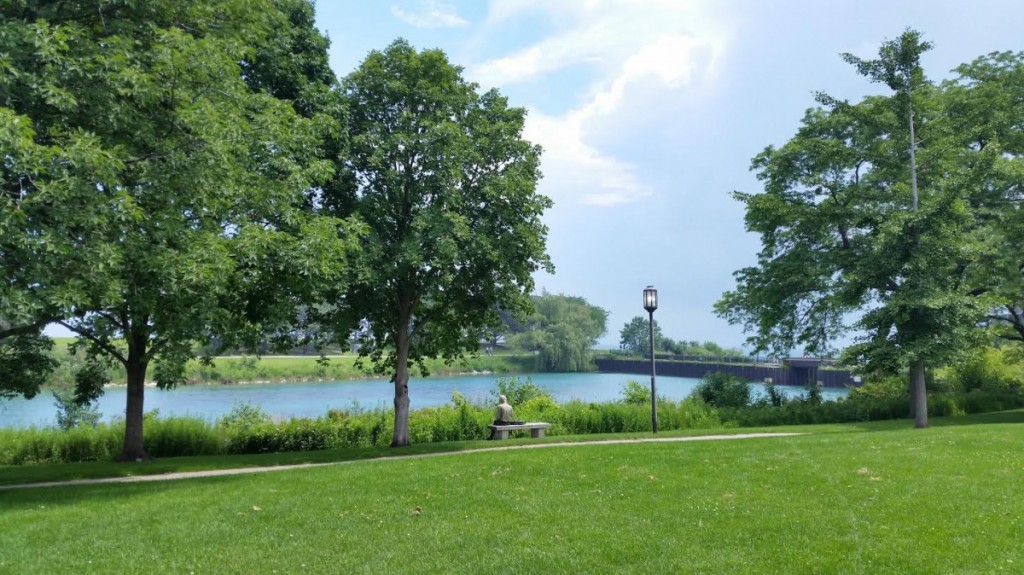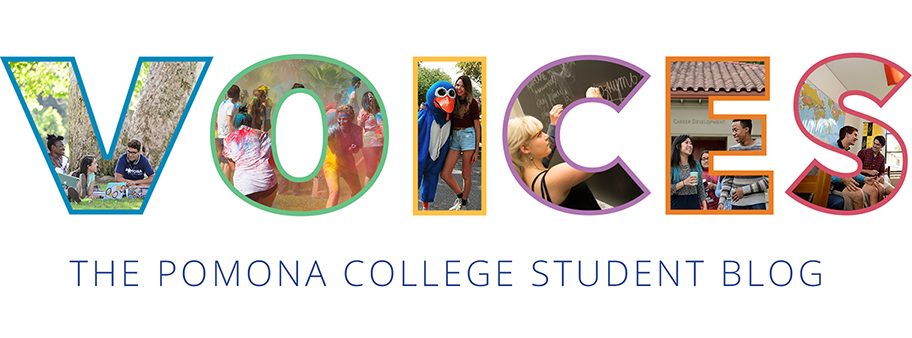In order to survive…you try to recreate, as well as you can, your normality, some sense of things continuing.
Whenever I’m reading, if there is a sentence or paragraph that resonates with me in particular, I put the book aside and start reflecting upon it. Such was the experience when I reached the above sentence in Jeanne Wakatsuki’s A Farewell to Manzanar for ID1 reading. I was determined to undermine my past upon coming to Pomona in the hopes of forging brighter memories ahead, but having to hide a fundamental part of my upbringing created a dissonance that I refused to acknowledge. Wakatsuki brought that dissonance back to the surface and assured me that there was a continuation in my life that could enable the various distinct points of my life to coexist. As thoughts of the past reeled through my head, I realized that there was something consistent about my life from start to present — proximity to water. My story can be overwhelming to describe without a point of reference, and I choose to let water tie it all together.
In Urdu, the word chaadar refers to a scarf. But as is characteristic of languages and their various dialects, like the countless people before us who refused to universalize meanings and connotations, we knew chaadar to be a blanket. And it is the chaadar that came to characterize my first encounter with the ocean. I still have vivid memories of a beautifully adorned turquoise chaadar that we reserved for rare picnics to Clifton Beach in Karachi, Pakistan. I reminisce about sitting on it, feeling the trickle of sand and strange creatures through my toes, smelling the saltiness of the ocean and the shami kabab sandwiches that my mother prepared, seeing the soaring spirits of passersby and the sunset in the backdrop. Little did I know then of the significance of cranes and construction in the distance, sweeping away sands of my familiar memory. But that’s not where my eyes looked.
Several years passed since those days, and I found myself within the chaos of La Guardia Airport. Nothing felt familiar. The people looked different from those that I remembered in Pakistan. The jungle of buildings loomed higher than I could have imagined. I clutched the only thing that I knew of in the airport to alleviate my fears — my parents’ hands. As we crossed the glass bridge to enter a new world, I gazed out into the distance and saw another familiar site — sunlit blue that looked exactly like the waters of the Indian Ocean. It was as if an old friend had ventured out this far to support me in the transition and to remind me that a sense of our old home was only footsteps away. That there was something else that I could relate to made me feel more at ease about immigrating to the USA.
It took me a few more years to realize that there was more than one body of water in the world, but by then, I had mostly assimilated to the culture in Houston, where we had immigrated to after a small stay on the East Coast. My doting parents hid the struggle of their realities from me and helped me find happiness in ways beyond wealth. That we grew thousands of miles away from the extended family meant more memories together. And that’s what I would remember the Gulf of Mexico with — memories, love, family. Every couple of months, to escape the routine and humidity of Houston, we’d venture down to either Kemah or Galveston to relish in sea breezes and to celebrate the joy of being together without any worries. My parents would never say “We’re going on vacation here because every other place is too expensive for us” because they knew fulfillment and purpose could come out of anything. And in the midst of intrusive seagulls, overpriced snow cones, and rough sea kelp, I discovered some of my most treasured memories.
The 10th visit to the beach made me call into question the potential of the world outside of the Houston metropolitan area. I looked into out-of-state colleges because I sought a new adventure, and I was fortunate enough to be accepted by Pomona. On the second week of school, I went to the first of the “47 Things Every Sagehen Should Do” trips sponsored by Pomona: Santa Monica Beach. I was awestruck by how beautiful it was. The water was the bluest I’ve ever seen, and the mountains and fog in the distance made it all the more enchanting. As I stepped into the water, I felt a surge of hope and gratitude towards everyone who had helped me get to the third ocean of my life. I felt rejuvenated and ready to make the most of my time in Southern California.
Nearly two years have passed by ever since that fateful visit. Since then, I’ve experienced a myriad of emotions that I couldn’t have anticipated prior to coming in, but I’m deeply grateful that I’ve found so much growth and opportunity at Pomona. Thanks to the summer internship funding program, I’m doing an experiential research program in neuroscience at the University of Chicago. The apartment that I’m subletting is outside the glistening Lake Michigan, and I find myself sitting outside of it more often than not, letting the rush of thoughts and memories synchronize with the ebb of the water. The endless horizon in the background could have been lifted from any of the sea-shaped memories that define my existence, but I know that small space of solitude and reflection that I’ve claimed over the years has evolved with each view.

